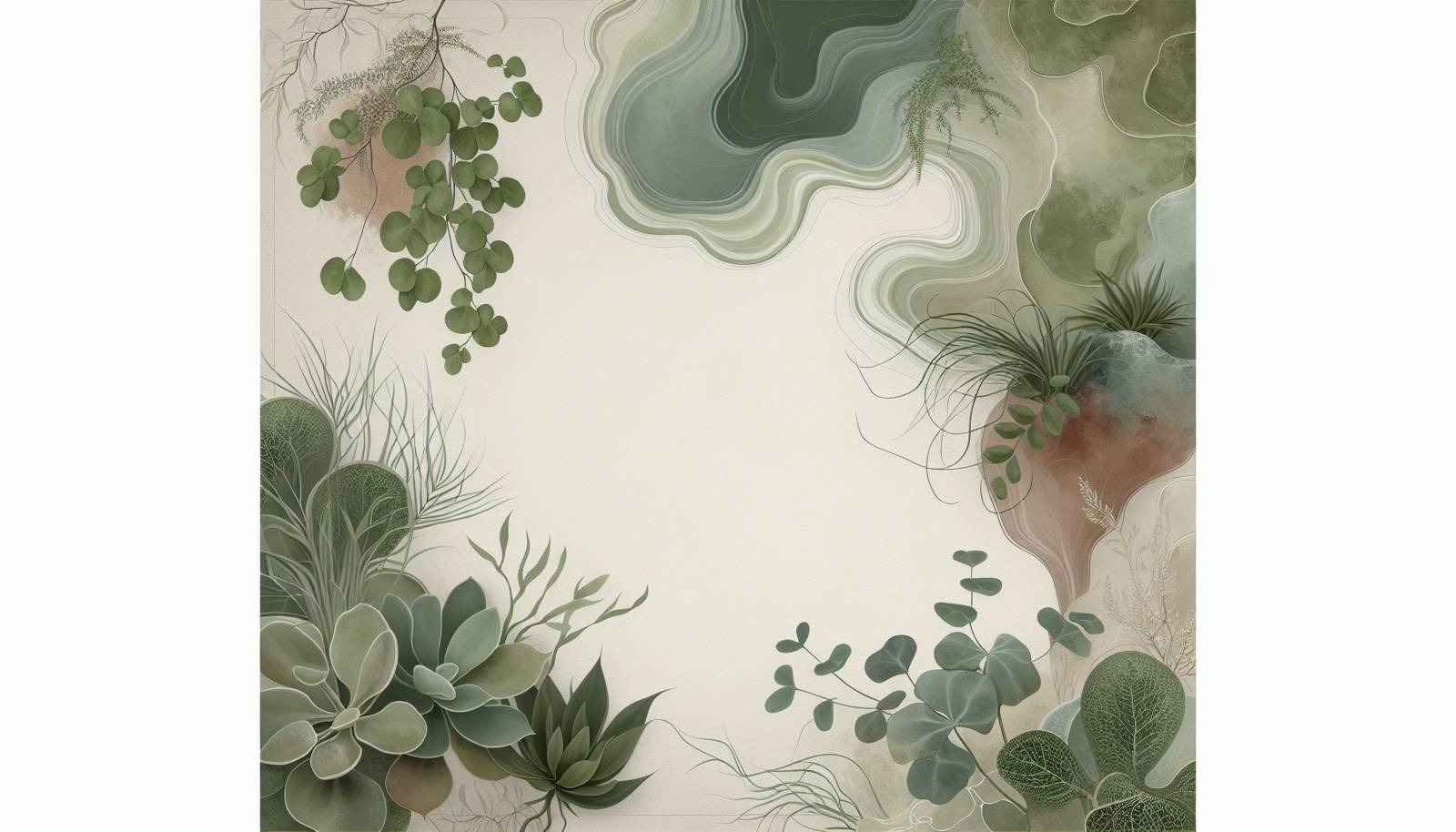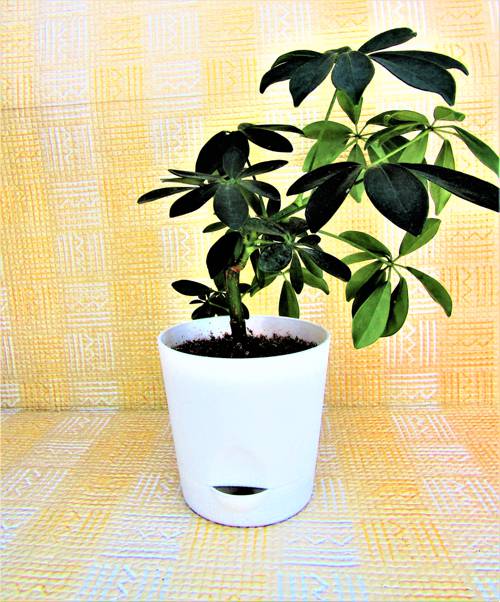
FAQ About Indoor Dwarf Plant Cultivation

What are dwarf plants?
Dwarf plants are varieties of plants that have been bred or naturally occur to be smaller in size compared to the typical plants of their species. They are ideal for indoor cultivation in small spaces due to their compact nature.

Which indoor dwarf plants are best for low-light environments?
Several dwarf plants thrive in low-light conditions, making them suitable for indoor spaces with limited sunlight. Some popular choices include the Dwarf Peace Lily (Spathiphyllum spp.), ZZ Plant (Zamioculcas zamiifolia), and Snake Plant (Sansevieria spp.).

How often should I water indoor dwarf plants?
The watering frequency for indoor dwarf plants depends on the plant species and environmental conditions such as temperature and humidity. Generally, it's best to wait until the top inch of soil is dry before watering. Overwatering is a common issue, so ensure pots have good drainage.

Can indoor dwarf plants be grown in any type of soil?
Indoor dwarf plants generally do best in well-draining soil to prevent root rot. A quality potting mix that includes components like perlite or sand can help improve drainage and aeration critical for healthy plant roots.

What is the best way to provide humidity for dwarf plants indoors?
Many dwarf plants benefit from higher humidity levels. You can increase humidity by grouping plants together, using a pebble tray with water, or employing a humidifier nearby. These methods help mimic a more natural environment for the plants.

How do I know if my indoor dwarf plant is getting enough light?
Signs that your plant is receiving adequate light include vibrant leaf color, regular new growth, and the absence of legginess. Dwarf plants that are not getting enough light may show pale leaves, slow growth, or stretching toward the light source.

Do indoor dwarf plants require fertilizer?
Yes, indoor dwarf plants benefit from regular fertilization, especially during their growing season (spring and summer). Use a balanced, water-soluble fertilizer diluted to half strength to avoid over-fertilizing, which can damage your plants.

Can dwarf plants be toxic to pets?
Some dwarf plants can be toxic to pets if ingested. It's crucial to research each plant's toxicity level. For example, the Peace Lily is toxic to cats and dogs, while the Spider Plant (Chlorophytum comosum) is generally non-toxic.

How can I propagate indoor dwarf plants?
Propagation methods for dwarf plants vary by species and can include techniques such as stem cuttings, division, or leaf cuttings. Research the specific propagation method for your plant type for the best success.

How long do indoor dwarf plants typically live?
The lifespan of indoor dwarf plants varies widely. Some plants, like succulents, can live for several years with proper care. On the other hand, flowering varieties like Cyclamen might have a shorter life cycle but can be rejuvenated by careful maintenance.

What are some common pests affecting indoor dwarf plants?
Common pests include spider mites, aphids, and mealybugs. Regular inspection helps spot an infestation early. Natural methods such as neem oil or insecticidal soap can effectively manage small outbreaks.

Can I grow dwarf fruit trees indoors?
Yes, certain dwarf fruit trees, like Dwarf Meyer lemon or Calamondin orange, can be grown indoors with the right care. They typically require bright light and proper pollination to bear fruit.

Why are my dwarf plant's leaves turning yellow?
Yellowing leaves can result from overwatering, nutrient deficiencies, or inadequate light. Examine your care routine to adjust watering, fertilization, or light exposure accordingly.

What are the ideal temperature conditions for indoor dwarf plants?
Dwarf plants generally thrive in average indoor temperatures between 60-75°F (15-24°C). Keep plants away from drafts, direct heat sources, and sudden temperature changes to avoid stress.

Can indoor dwarf plants be moved outdoors?
Some indoor dwarf plants can be temporarily moved outdoors in warm weather. However, it's essential to acclimate them gradually to prevent shock, adjusting to avoid direct harsh sunlight.

How can I increase the growth rate of my dwarf plants?
Provide optimal conditions by ensuring adequate light, proper watering, and regular feeding during the growing season. Additionally, repotting into a slightly larger container can support increased growth for some species.

Do indoor dwarf plants require pruning?
Pruning can help maintain the shape and health of your plants by removing dead or diseased foliage and encouraging new growth. It's generally done in spring when plants are actively growing.

Are there any dwarf plants that can improve indoor air quality?
Yes, several dwarf plants like the Dwarf Peace Lily, Spider Plant, and Dwarf Bamboo Palm (Chamaedorea elegans) are known for their air-purifying properties, removing toxins from the air.

What are some decorative ways to display indoor dwarf plants?
Creative display options include using hanging planters, placing plants on floating shelves, or grouping different varieties in a terrarium. Choosing decorative pots that match your interior style can also enhance their aesthetic appeal.

How do I prevent mold or mildew in indoor dwarf plant soil?
Prevent mold by ensuring proper air circulation and allowing the top of the soil to dry between waterings. Avoid overwatering and use pots with good drainage to minimize excess moisture that can lead to fungal growth.
